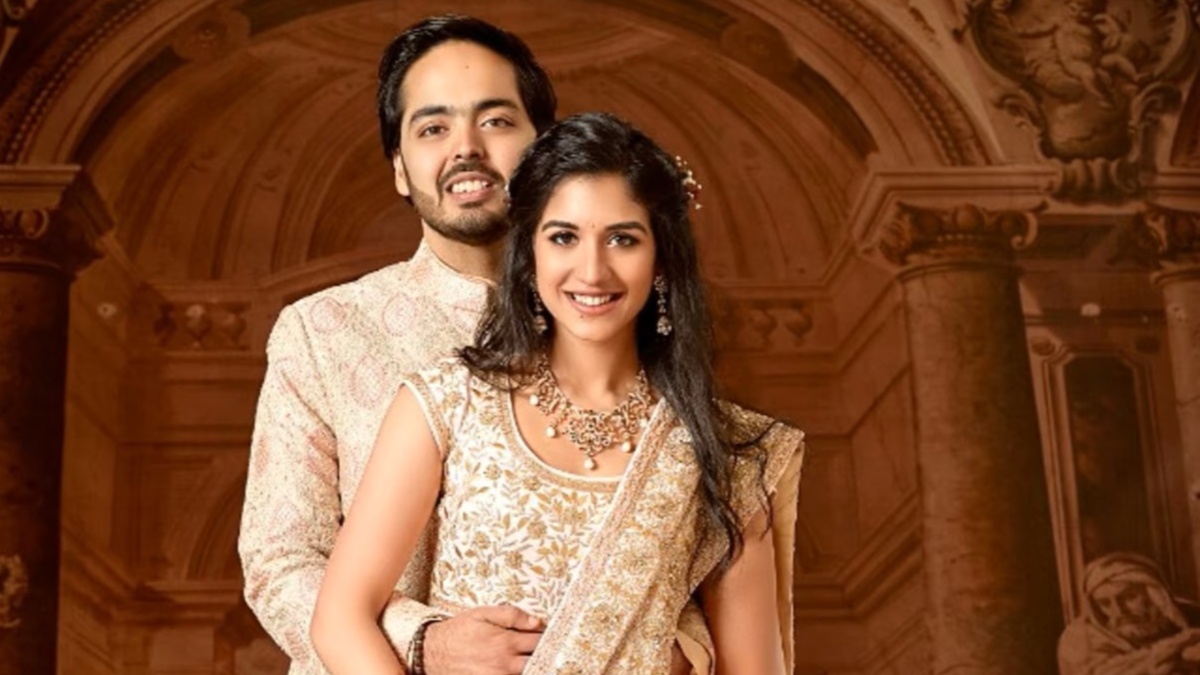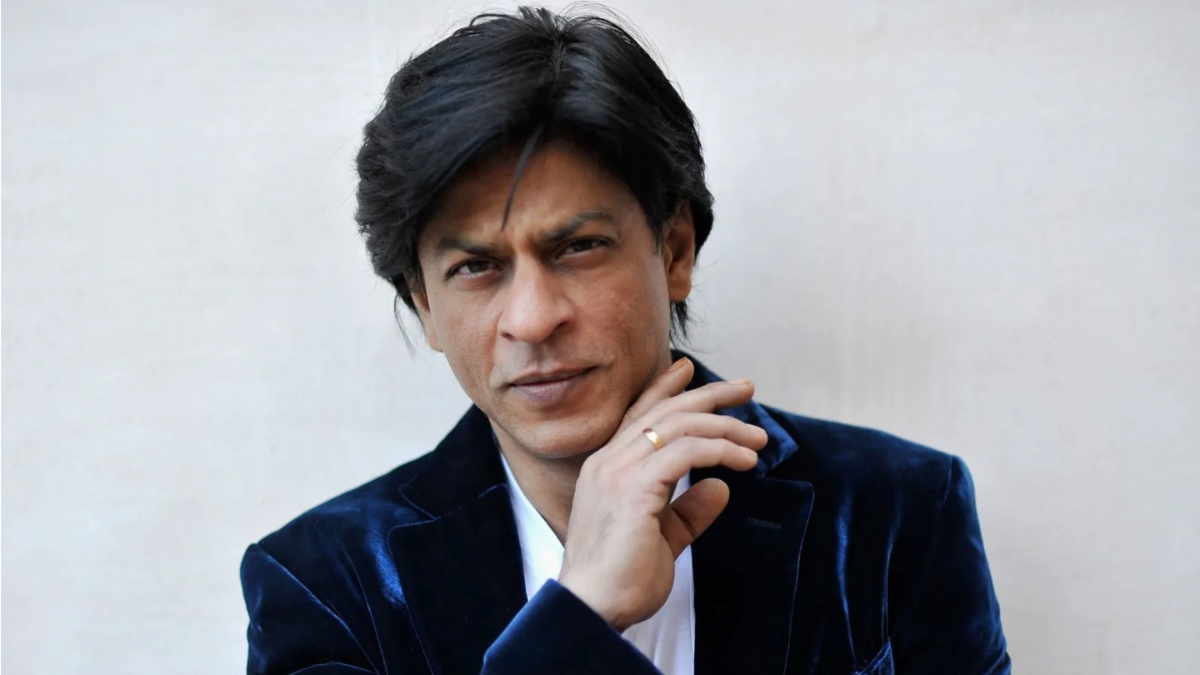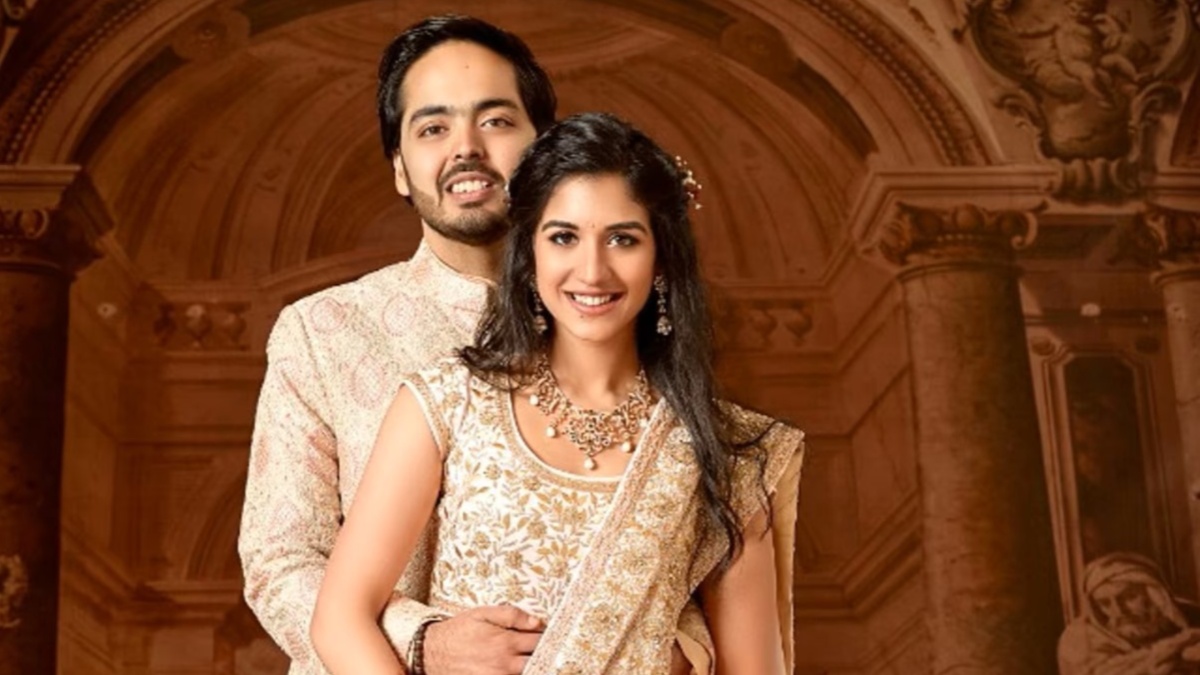Shah Rukh Khan’s ‘anti-hero’ turn in Raees has been welcomed by audiences because that is how his career got a boost — with Baazigar (1993). After this portrayal (and the one in Darr) he moved on to other roles, notably romances like Dilwale Dulhania Le Jayenge (1996). Raees is not from the same mould as Baazigar but it has, nonetheless, a number of antecedents.
Hindi popular cinema has followed two impulses — and if the first is to relay timeless truths, the second has been to address the present through models familiar from existing myth.
Where world cinema needs to keep itself topical in an overt way by (for instance) responding to the latest in technology or keeping abreast of world politics, Bollywood tries to reassure us that regardless of the transformational changes in today’s world, every experience that we have had — or will ever have — corresponds to an existing archetype of some kind. It is for this reason that the same story reappears time and again in new avatars although the ‘inspiration’ for it is ostensibly new.
A story which has captured the public imagination is that of the ‘good-bad’ hero with the model as Karna from the Mahabharata. The ‘good-bad’ hero is someone who is led into wrong/criminal ways by destiny/karma but displays sterling qualities at the crucial moment, and is redeemed in death. The important characteristic needed for the story of the ‘good-bad’ hero to be adapted lies in the availability of some correspondence in the contemporary socio-political world. Thus Birju from Mother India (1957) and Ganga from Ganga Jumna (1961) were archetypal rebels inspired by the agrarian unrest of the 1950s (with its highpoint in the Telengana uprising). Vijay of Deewar (1975) used the same model to address the concerns of the 1970s, the notion of the ‘bad capitalist’ promoted during Mrs Gandhi’s reign and the lumpenization of the working class. The smuggler was also key figure in the 1970s in denoting the wrongdoer.
The Angry Young Man took different shapes in the next decade and a half, each time with a different emphasis. In the last of them, Agneepath (1990) the weakness of the state was part of the discourse, since the 1980s was when the nation-state was under threat from divisive movements — such as in Punjab and Assam. In this film, the police are so weak that they need gangsters to protect them. Excluding the films with Amitabh Bachchan’s Angry Young Man, the next important film from the same model was Ram Gopal Varma’s Satya (1998). The economic liberalisation under Prime Minister PV Narasimha Rao meant several things and one expectation was that it would open the doors to ‘social Darwinism’, opposing interests battling it out violently in the public space. The state was, in the 1990s, also seen to be withdrawing from its own institutions and the police in Satya hence behave like brutal private agencies, with no concern for the law. Each of these films deals with a young man who gets into unlawful ways for want of opportunities and finally pays the price; the same is true of Raees, a reworking of the same formula for present times.
For an archetypal narrative like the one about the ‘good-bad’ hero to be adaptable for the present there must be elements in the present conducive to it. From whatever work has been done on the role of popular cinema in India, it would appear that films try to provide mythical resolutions for unfulfilled public desires or social anxieties. Deewar, among other things, gave voice to the aspirations unleashed by Indira Gandhi’s populism because of the promises made. Aspiration features prominently in the 1970s, and in Bobby (1973) Jack Braganza (Prem Nath) represents the small entrepreneurial class increasingly confident of holding its own against the big bourgeoisie. But what is important here is that there must be emotions created and channelised by a grand narrative in the public space to which individual narratives then relate. If the grand narrative in the 1970s was largely state-driven, that in the 1990s was driven by the promise of unhindered economic freedom, which also created anxieties around unregulated competition.
Hum Aapke Hain Koun…! and Satya may therefore be taken to represent two contrary responses to the neoliberal promise — the dream of an economic ‘Ramrajya’ and the second, a nightmare of ‘Social Darwinism’. There are evidently a number of social narratives at any given moment and the artistically successful film is one which identifies and catches a narrative which touches chords. It may be noted that even romance is not extraneous but can play a key part in narrativising social expectations, as with Bobby.
Although this has been stoutly denied, Raees was apparently inspired by the actual life of a real don from Gujarat, Abdul Latif, who controlled the state’s illicit liquor industry in the 1980s but became embroiled in the Mumbai blasts and was later liquidated in a police encounter. The fact that its story has a real-life basis should be no handicap to any film since Deewar, apparently inspired by the story of the smuggler Haji Mastan, had all the highs and lows of the most stirring kind of fiction. One is therefore nonplussed by the flatness of Raees, its inability to come up with dramatic happenings or invent situations which would make us care about its protagonist — as we cared about Vijay, Birju and Satya. Action sequences are fine, but they hold no attraction if we are indifferent to the fates of those involved.
Raees begins very much in the manner of Deewar with the childhood of its protagonist. Only, this time, there is nothing dramatic like the ‘Mere baap chor hai’ tattooed on Vijay’s forearm to propel Raees into a life of crime. Given his poor eyesight he simply gravitates into it because it is the easiest way out. The tattoo on Vijay’s forearm was emblematic of how the legitimate working class saw itself as being marginalised by capitalist machinations, and we responded to genuine social hurt. My argument with regard to Raees is that there is no narrative in the public space which makes us respond sympathetically to the potential criminal. Where Vijay’s trajectory was heart-rending because of the healthier possibilities of life denied to him, Raees’ trajectory is chosen by him casually and, hence, not one which might move us. For all his wealth, Vijay in Deewar is denied virtually everything in life, from parental love to the possibility of a full-fledged romance. This life of denial he faces is created by the emotional trauma he has undergone, which prevents him from living fully. He is like a mechanical device wound up to perform, but fulfilling an incomplete function. If Raees is a criminal, he is denied neither his mother’s affection nor romance, and it is the sense of everything granted to him (including luck) that makes his story tepid. When Raees uses a clip from an old Amitabh Bachchan film to make connections, it only brings home the fact that today’s Hindi cinema is repeating motions mechanically.
The story of the successful criminal who eventually pays the price is one which relies on the excitement that the possibility of untoward economic advancement can generate in the social space. Where such excitement existed in the 1970s (due to Mrs Gandhi’s populism), the 1990s (due to the economic liberalisation) and the earlier years of the new millennium (due to the possibilities opened up by globalisation), I suggest that such excitement no longer exists in the public space. The neoliberal grand narrative has generally been bought by all classes but there is also recognition that there are limits to advancement — even through criminal means.
I propose that even the mildly criminal sentiments of Bunti Aur Babli (2005) are obsolete now with people less than hopeful of disproportionate personal advancement — a lack perhaps fuelled by the general pessimism around globalisation. The powerful criminal gaining immense wealth is an enchanting figure only in relation to the state’s perceived weakness and, if anything, demonetisation is a demonstration of state power which will make the economic offender less glamorous. In this scenario, Bollywood stars like Shah Rukh Khan will perhaps have to extend their own glamour to the criminal characters they play — to make them even interesting to the public.
MK Raghavendra is a Swarna Kamal winning film scholar and author of The Oxford India Short Introduction to Bollywood (2016)


)




)
)
)
)
)
)
)
)